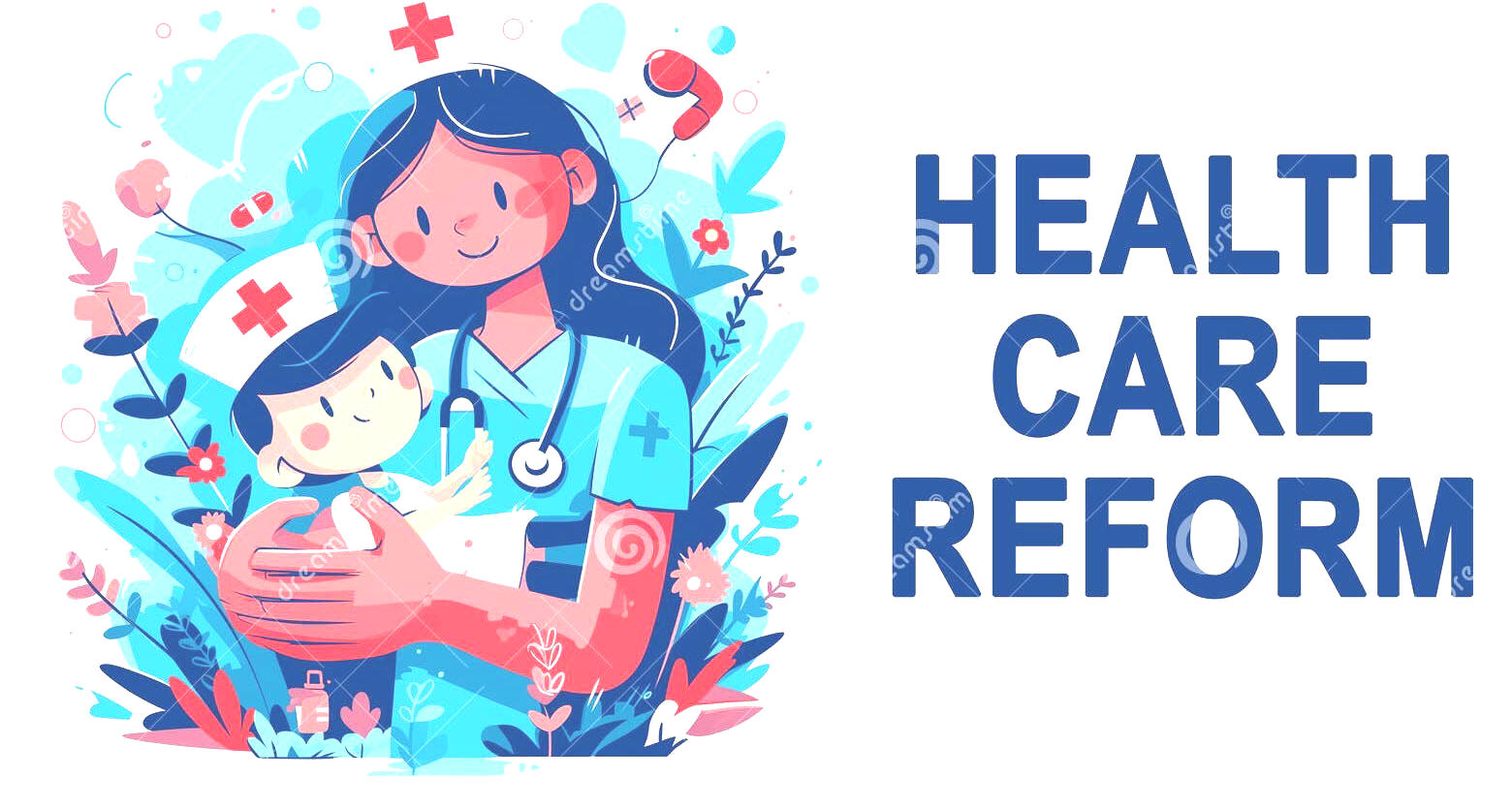Health Literacy and The Affordable Care Act
ACA is a major law made to enhance access to health care for millions
of people in the U.S. While it doesn't directly target health literacy,
achieving the goals of the ACA relies on overcoming the difficulties
associated with it. Somers points out that the ACA doesn't have strong
ways to promote health literacy, lacking specific laws, regulatory
requirements, or dedicated funding for health literacy initiatives.
However, the legislation does mention health literacy a few times and
includes certain indirect measures that could help integrate it into
wider efforts, such as encouraging patient-focused care, and improving
overall quality.
In terms of direct references, Title V of the ACA defines health
literacy as a person’s ability to acquire, share, understand, and
utilize health information and services to make informed choices about
their health. Additionally, there are four key provisions in the ACA
that directly mention "health literacy":
Research on Health Care Delivery Systems; Support for Quality
Improvement
- Program to Promote Shared Decision-making
- Presentation of Information on Prescription Drug Benefits and Risks
Coverage Epansion
Insurance changes in the ACA are designed to help millions of Americans gain better access to health coverage. This will be achieved by individual insurance, employer obligations, state and regional exchanges, and by broadening Medicaid eligibility. The law also creates a user-friendly website and allocates funds for local programs to assist people in enrolling. However, the effectiveness of these changes largely depends on how well the information is communicated to the public. The legislation emphasizes the importance of clear communication.
Starting in 2014, Medicaid will be accessible to everyone under 65 who earns at or below 133 percent of the federal poverty level, potentially affecting over 80 million Americans, which is about a quarter of the U.S. population. Again, the number of eligible individuals who enroll will rely on their understanding of the available options. Many people living in poverty often encounters obstacles like limited education and mental health challenges, making health literacy a significant issue.
Patient Information
There are several chances to improve health literacy in the way health information is shared with consumers as part of the ACA implementation. For instance, there are rules about nutrition labels on standard menu items at chain restaurants, better ways to present prescription labels, and services to help manage medications for chronic illnesses. Additionally, there’s a focus on providing clearer information about plan eligibility and prescription drug reimbursements for seniors on Part D Medicare, as well as using health information technology to spread this information more effectively.
Public Health and Wellness
According to Somers, public health heavily relies on disseminating information to the public and ensuring comprehension. The Affordable Care Act (ACA) incorporates various prevention and wellness initiatives aimed at enhancing health literacy. These initiatives encompass improved coverage for clinical preventive services personalized wellness programs offered by employers and insurers, as well as increased federal funding for safety from chronic disease and public health issues.

| TOPIC and EXPLANATION | |
| What is ACA? |
The Affordable Care Act (ACA) is a law designed to make health care more accessible for many Americans. While it doesn't specifically target health literacy, enhancing health literacy is important for reaching the goals of the ACA. |
| Health Literacy in ACA |
|
|
|
| Coverage Expansion |
|
| Challenges |
Individuals living in poverty might struggle with limited education or mental health challenges, which can make it difficult for them to grasp their health care choices. |
| Patient Information Improvement |
|
